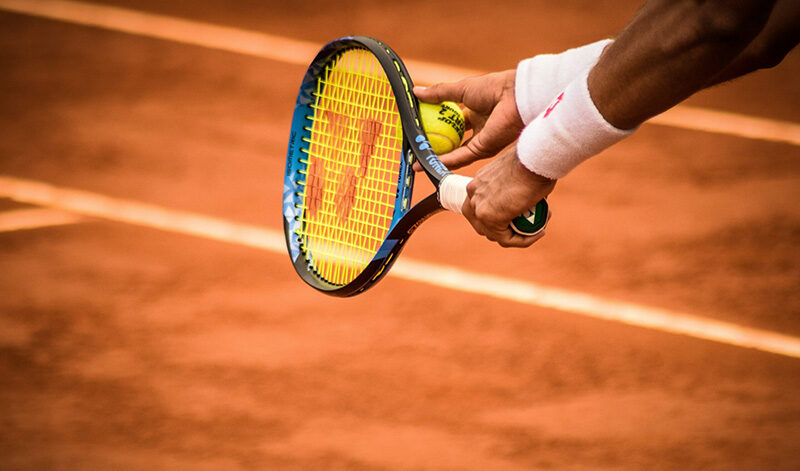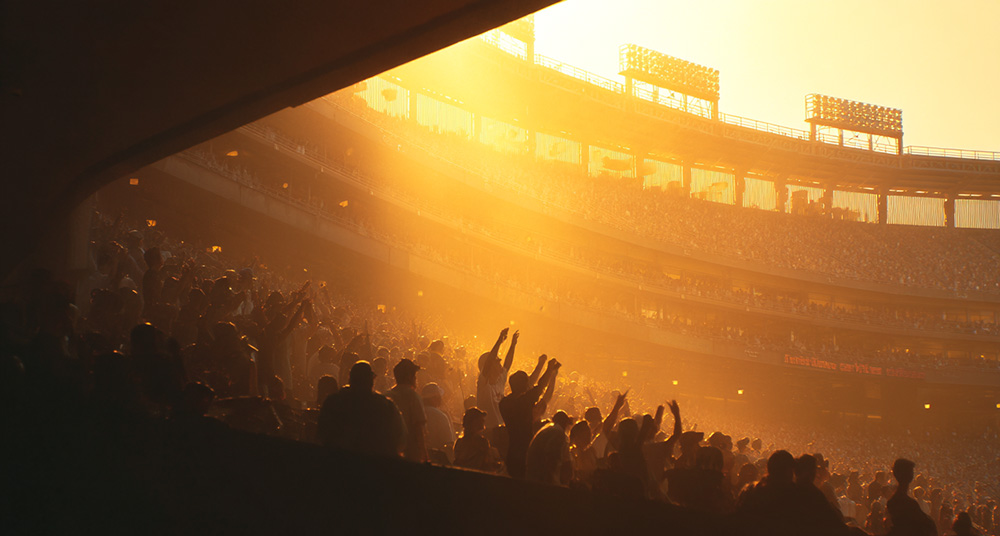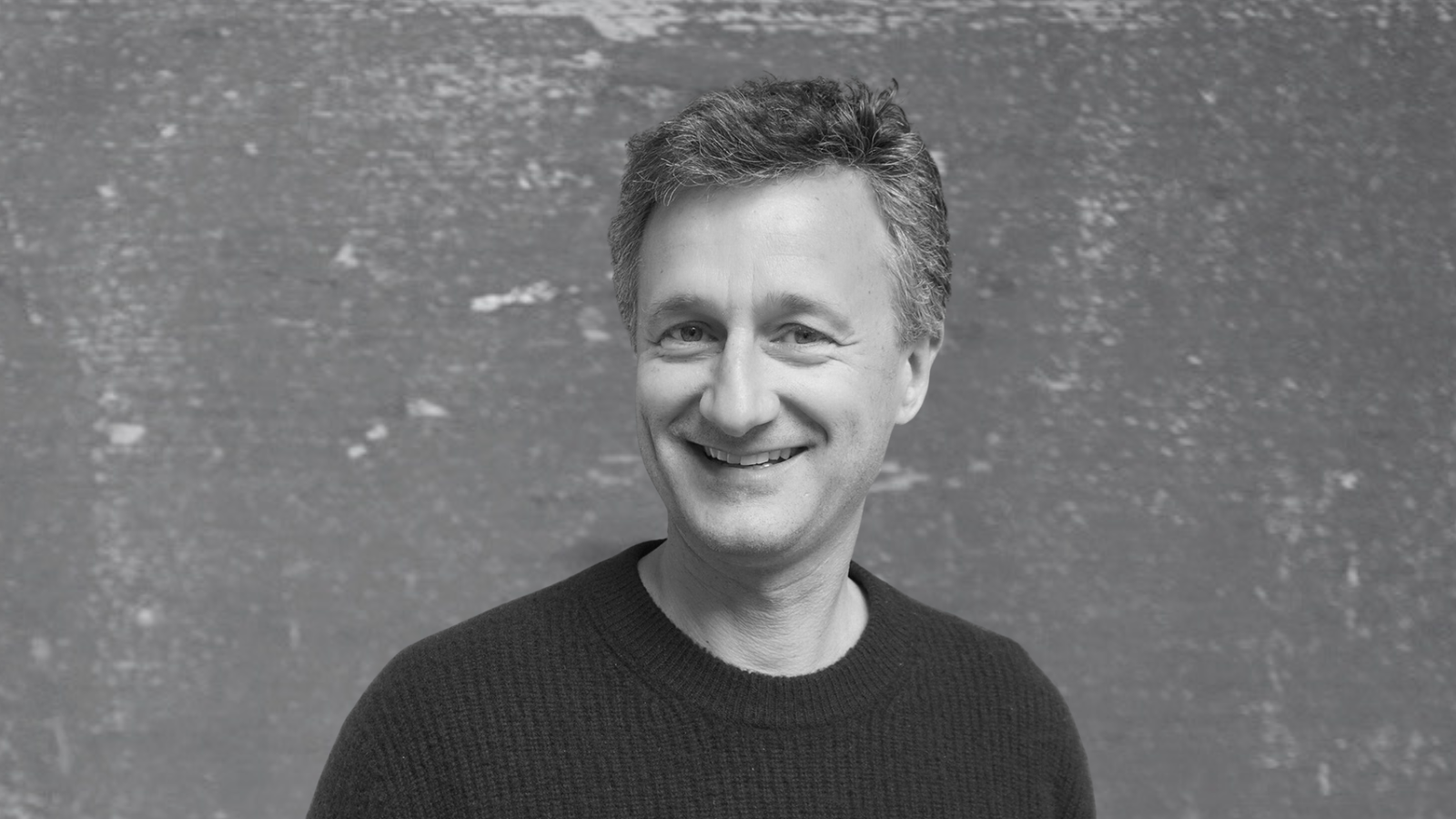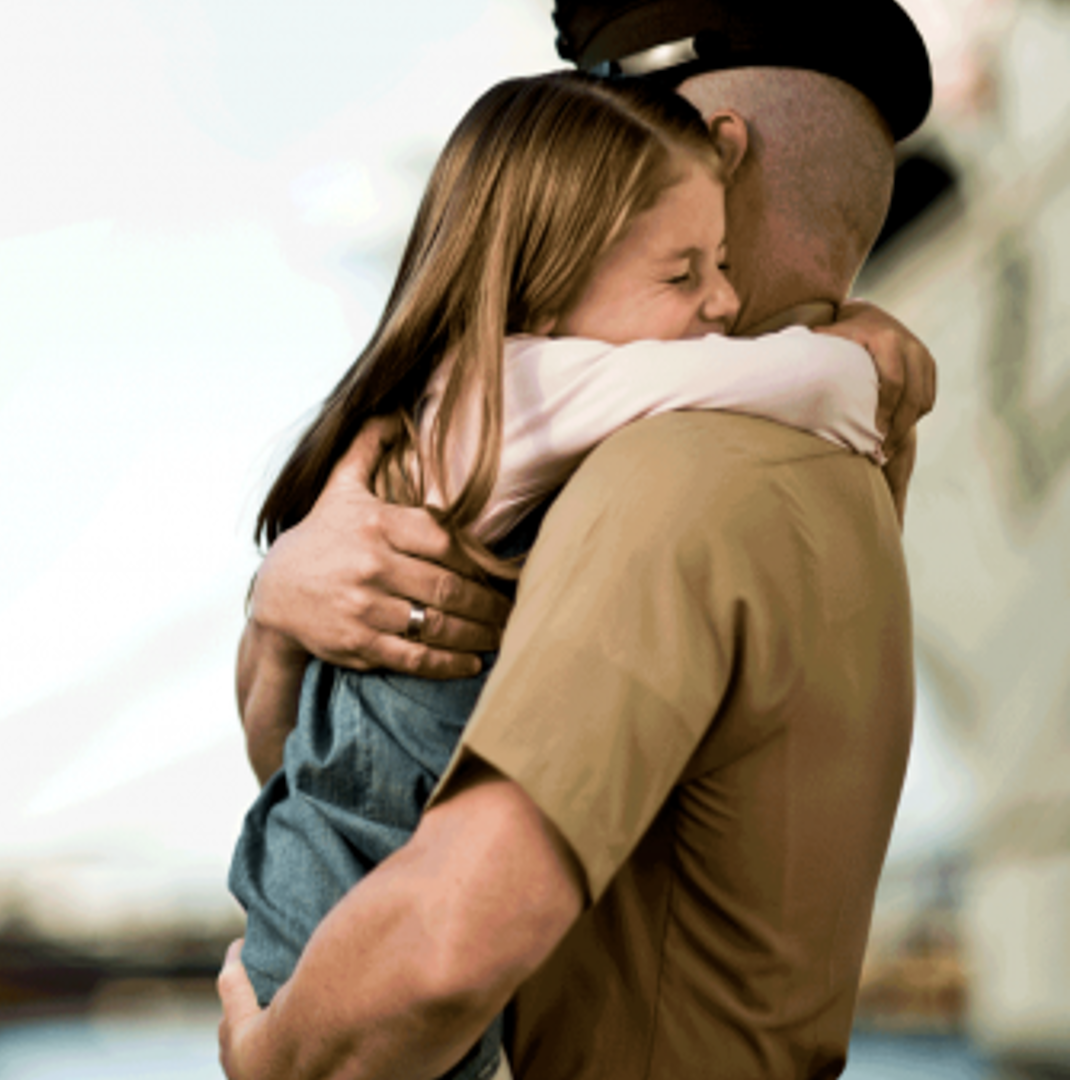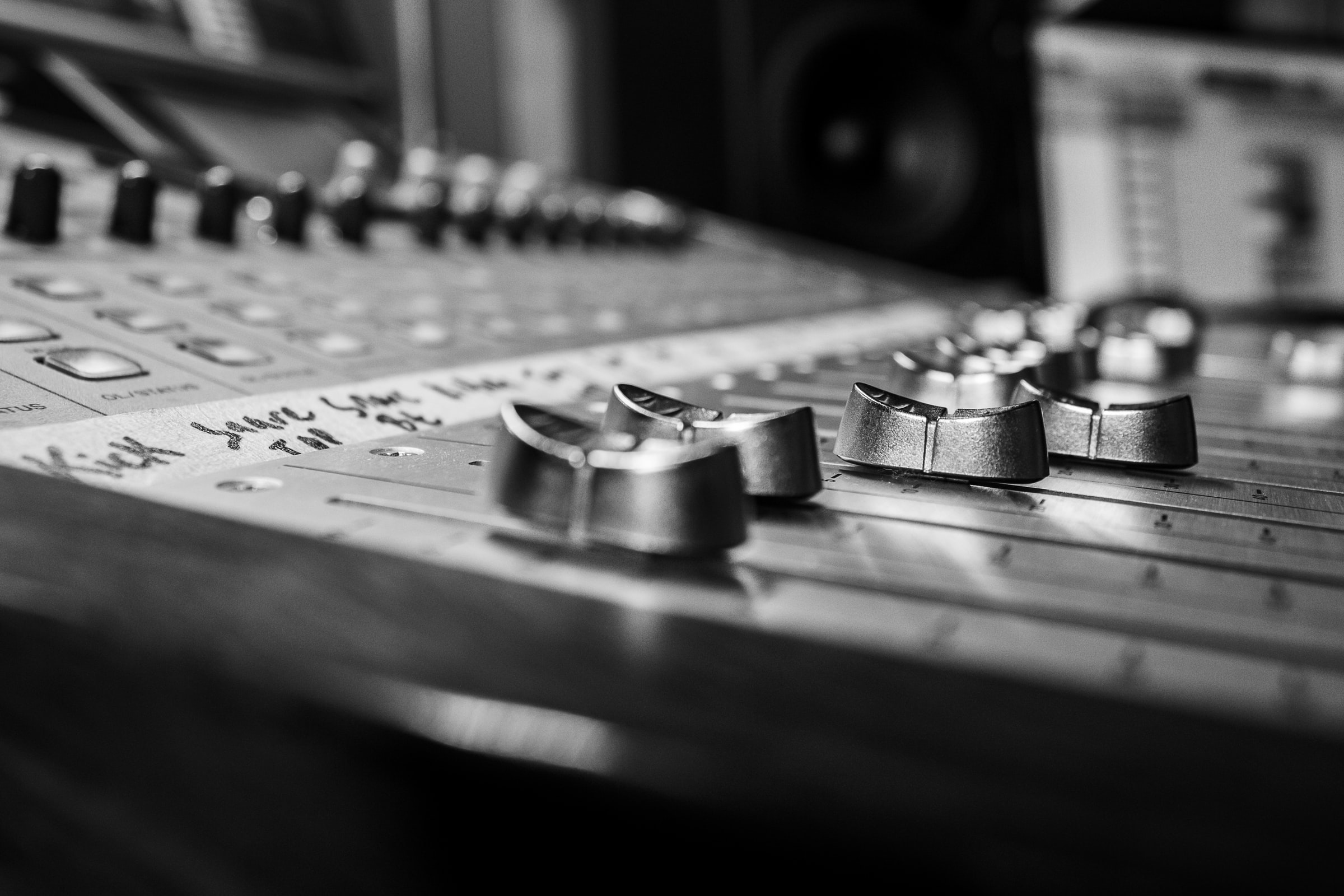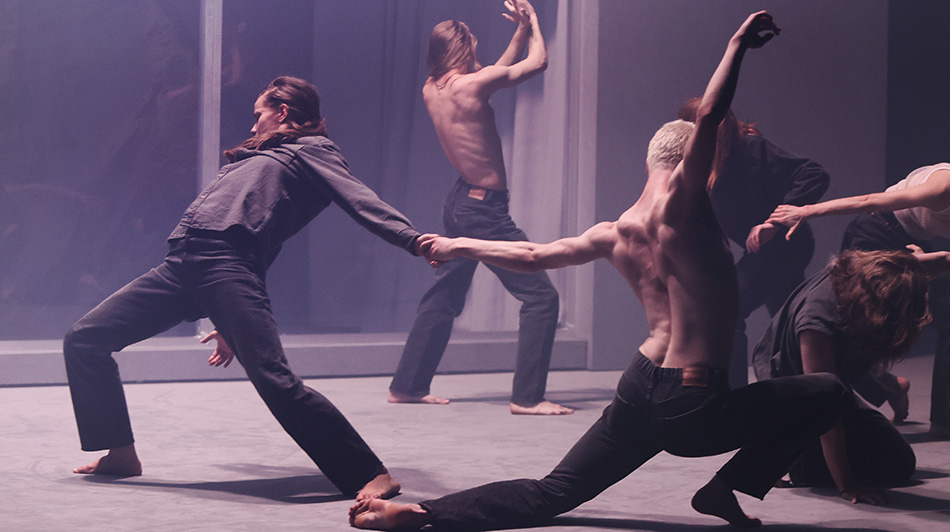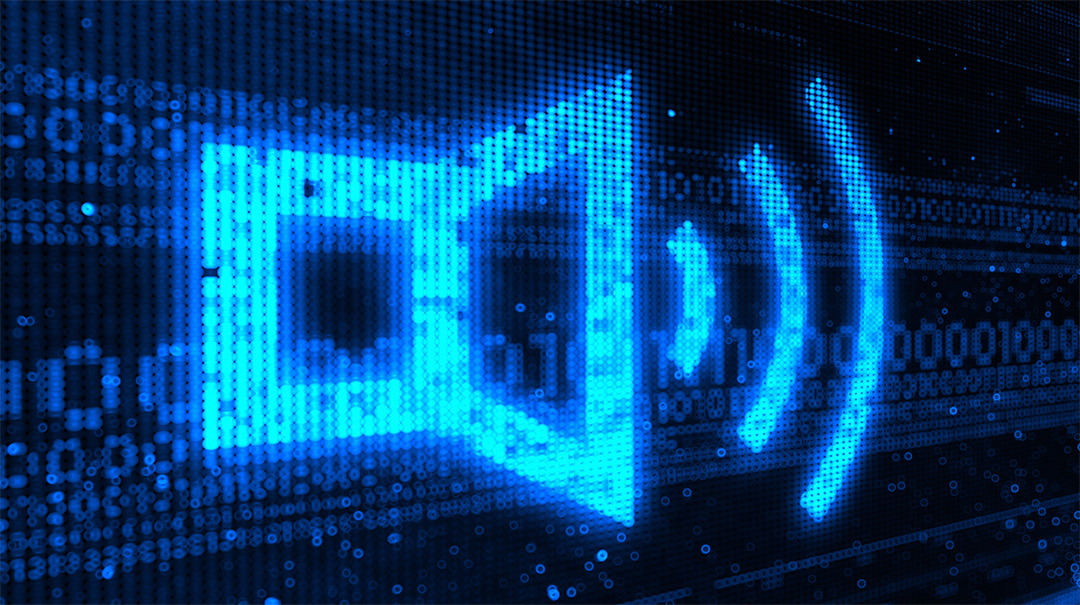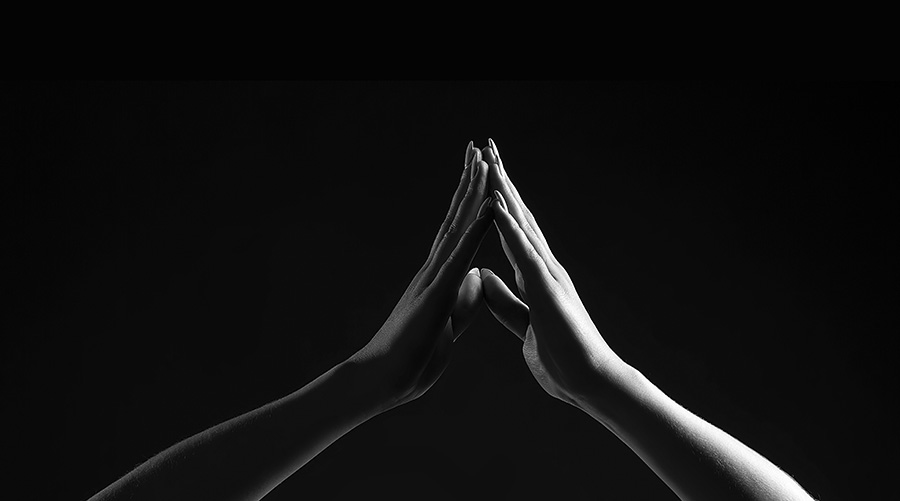Author: Daina Todorovic
Sports is about so much more than just the sport itself; it’s about the whole experience. One huge element of that holistic experience is sound. As Chris Shilling states in his book, “The Body in Culture, Technology and Society”, sound is a passive sense that can not be ignored. This passive sense is powerfully clear, from in-person sporting events to entertainment-based TV viewing.
We look forward to the seventh-inning stretch where we can chant “Take Me Out to the Ballgame” together. Sports standards like “Eye of the Tiger”, ”We Will Rock You”, and “Jump Around” get us to act, move, and participate even if they do nothing to distinguish the team’s brand.
Sports sonic branding experiences don’t stop at in-person events.
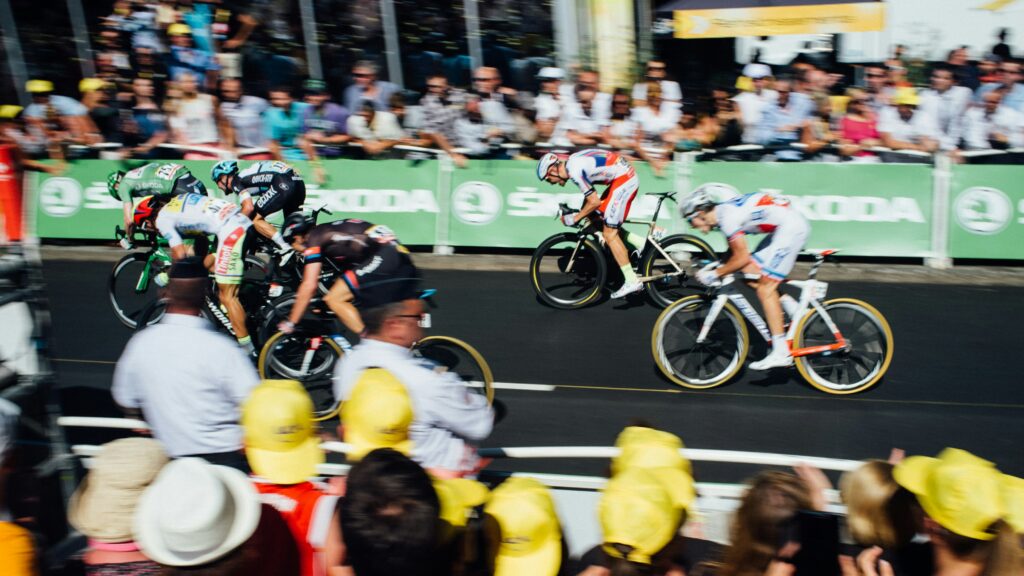
Photo: Howard Bouchevereau via Unsplash
The first few notes of NBC’s “Olympics Fanfare and Theme” by John Williams puts us in the mood for the Olympics in our living rooms. NBA on NBC’s “Roundball Rock” theme by John Tesh and all of the Monday Night Football renditions prepare us for that night’s programming. Even movies like “The Natural”, “Remember the Titans”, and “Rocky” bring us back to a time and place with their amazing scores that tempted us to go pick up a ball or lace up our boxing gloves.
Within seconds, sound triggers our feelings of nostalgia, excitement, and anticipation
With all this emotional power, it’s surprising that teams and stadiums haven’t taken hold of this medium to create differentiated brand experiences.
Roland-Garros was not amongst those masses. They deployed a sonic identity for its premier event, the French Open, that enhanced the entire viewing experience, both at the live event as well as around the world.
Roland-Garros
Roland-Garros, the Paris stadium named after the French World War I hero and aviation trailblazer, is the home of the French Open. Created in 1928, the stadium takes on its namesake’s qualities of drive, intelligence, courage, and patriotism. Paired with the French tournament values of self, passion, sincerity, and competition, it was a perfect match.
The French Tennis Federation (FFT) came to Sixième Son to create a sonic identity. It needed to amplify the intrigue, magic, and good competitive spirit of the tournament for everyone attending- players, spectators, and media alike.
Inspired by its Parisian home, the sonic DNA provides the ingredients for branded sound adaptations. These versions highlight key moments of the game; the officials’ and players’ entrance, the final game, and the trophy ceremony. These on-brand compositions would also extend beyond the stadium to support Roland-Garros’ digital content.
Sixième Son also created content for customer service lines, bespoke films, and music for the parking lot and gift shop. A new roof went up in 2020 that added night matches to the roster. Accordingly, Sixième Son added new nighttime tracks to the sonic playbook.
The sonic identity exploded into the public’s ears. The media played the brand music for an average of 13 minutes during the finals to an audience of 3 million. The trophy ceremony music was downloaded 700k times in 24 hours. It even won the Strategies Grand Prix for Design in Sonic Branding the year it was launched.
“We’ve never seen Rafael Nadal so emotional and applause last for so long – it’s the music and the support from all,” said French commentators Lionel Chamouleau and Arnaud Boetsch.
Lifelong Fans Are Created Through Branded Sound Experiences
Decades of music have surrounded our sporting experiences. Music brings high crescendos to points scored, winning the game, and all of the cheers, claps, and stomps in between. It invigorates the experience and makes a strong and lasting impression. It gently nudges the fans to tune back in for the next game, next season, and for decades to come. Music compels us to not only come back but to bring sons, daughters, grandchildren, and friends along for the ride.
Music makes the sportgoing experience relevant, ongoing, and iconic.
This is the power of branded sound that sports marketers need to be paying attention to. Roland-Garros now has a sound playbook full of content. This content can be used on-site and online, in and off-season, and anywhere in between (i.e. new media, digital billboards, pop-up events, etc.). When it comes to immersive experiences, the opportunities are endless. Sound is one more piece of that creative multisensory puzzle.
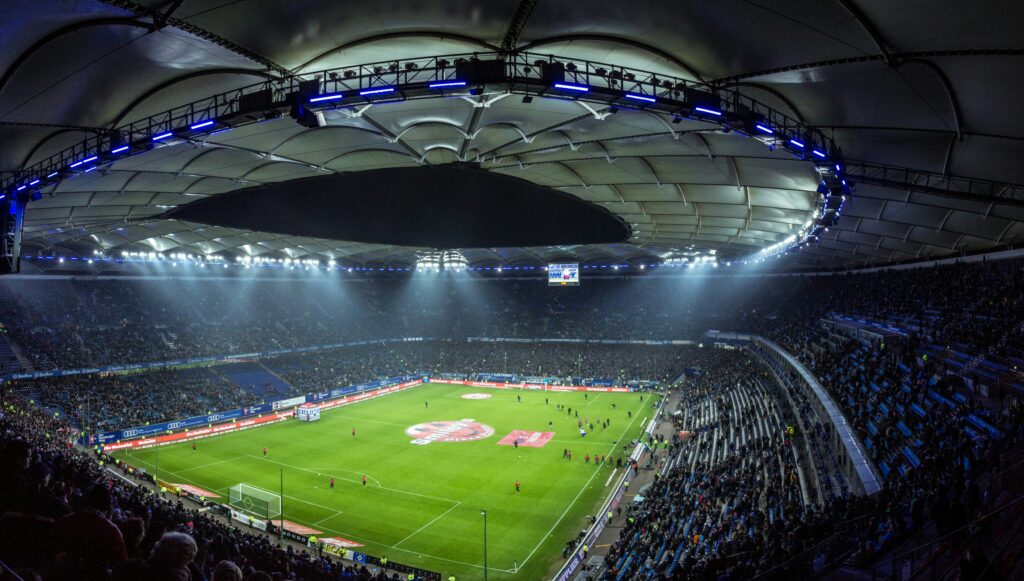
Photo: Mario Klassen via Unsplash
Understanding and harnessing this power of sound effectively can transform a brand message from informational to emotionally compelling. By asking the question, “What would this experience sound like?” you’ve unleashed a universe of possibilities.
Purposeful sound gives sports teams the ability to reach and connect with a vast audience; bonding team and fan together for decades as well as through multiple generations. The feat of this is truly amazing.
